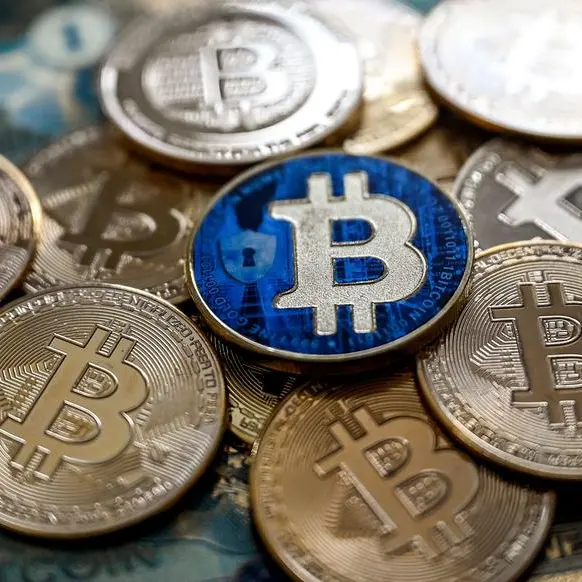PHOTO
The dollar fell on Wednesday after U.S. consumer prices rose less than expected in April, indicating inflation has resumed a downward trend in the second quarter in a report that raised hopes the Federal Reserve may cut interest rates in September.
Also boosting optimism that the Fed was closer to a rate cut was a reading of U.S. retail sales that was unexpectedly flat last month, as higher gasoline prices pulled spending away from other goods in a sign the consumer was retrenching a bit.
After inflation proved "sticky" in the first quarter, with various reports containing housing prices and other data that remained stubbornly high, the market welcomed the CPI news.
"The market was looking for confirmation that the froth in the first quarter was not going to continue in force into the second quarter. It got it in the number," said Marvin Loh, senior global macro strategist at State Street in Boston.
Futures traders priced in 22.25 basis points of rate cuts when the Fed meets in September, and 48.3 bps of cuts by December, according to LSEG data.
The dollar index, which measures the greenback against a basket of major currencies including the yen and the euro, fell to a one-month low at 104.41, but later pared losses to trade 0.25% lower at 104.77.
The dollar's biggest decline was against the yen, weakening 0.47% to 155.69. The drop, which also pulled back, would likely put at bay for the moment currency intervention by the Bank of Japan and other authorities, Loh said.
"The BOJ is going to like the dollar-yen at 155 again," he said. "The fast money was definitely willing to push the dollar again higher after the intervention."
The dollar's surge to a 34-year peak of 160.245 yen on April 29 triggered two rounds of aggressive yen buying that traders and analysts suspect was the work of the BOJ and Japan's Finance Ministry.
Bank of America said the ministry is suspected to have intervened on April 29 at 159.4 yen per dollar and on May 1 at 157.5.
The consumer price index rose 0.3% last month after advancing 0.4% in March and February, the Labor Department's Bureau of Labor Statistics said. In the 12 months through April, the CPI increased 3.4% after climbing 3.5% in March.
Economists polled by Reuters had forecast the CPI gaining 0.4% on the month and advancing 3.4% year-on-year.
The unchanged reading in retail sales last month followed a slightly downwardly revised 0.6% increase in March, the Commerce Department's Census Bureau said on Wednesday. Retail sales were previously reported to have risen 0.7% in March.
Loh said there are still concerns about housing in Wednesday's CPI report, but a rate hike is out of the question and a rate cut is almost fully priced in for September.
Fed Chair Jerome Powell gave a bullish assessment on Tuesday of where the U.S. economy stands, with an outlook for continued above-trend growth and confidence in falling inflation that, while eroded by recent data, remains largely intact.
In other major currencies, the euro rose 0.18% to $1.0837 and sterling rose 0.25% to 1.2620.
The dollar dropped 0.35% to 10.777 versus the Norwegian krone after hitting 10.6767,its lowest level since April 10, with analysts saying the gap between U.S. and Norwegian rates might have peaked.
Elsewhere, the yuan bounced back from a two-week low versus the dollar as a report of a possible plan to ease the country's housing glut boosted sentiment, outweighing U.S. President Joe Biden's decision to impose steep tariff increases on an array of Chinese goods. The dollar dropped 0.2% to 7.2262 yuan in offshore trading.
(Reporting by Herbert Lash, Editing by Louise Heavens and Jonathan Oatis)























